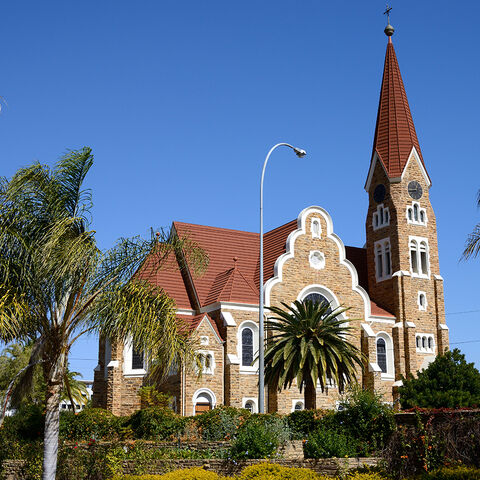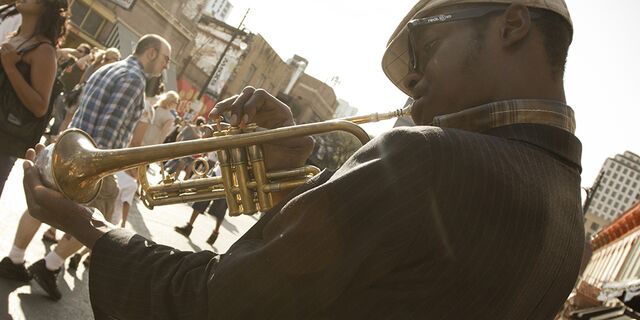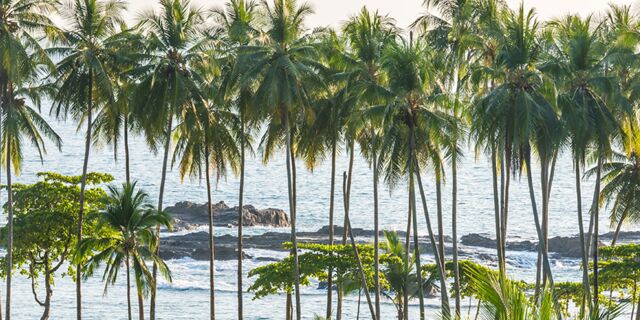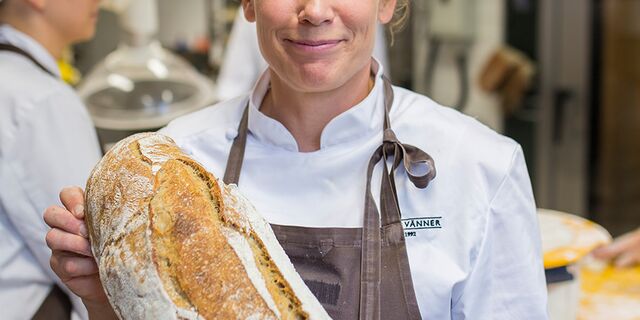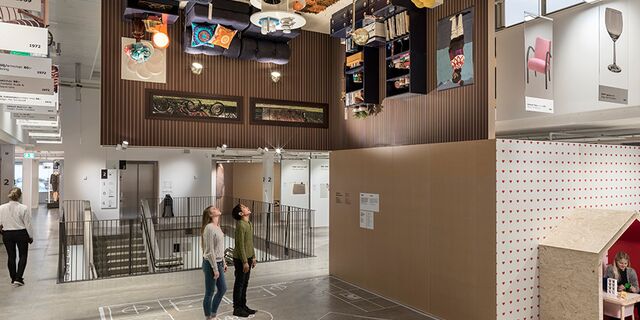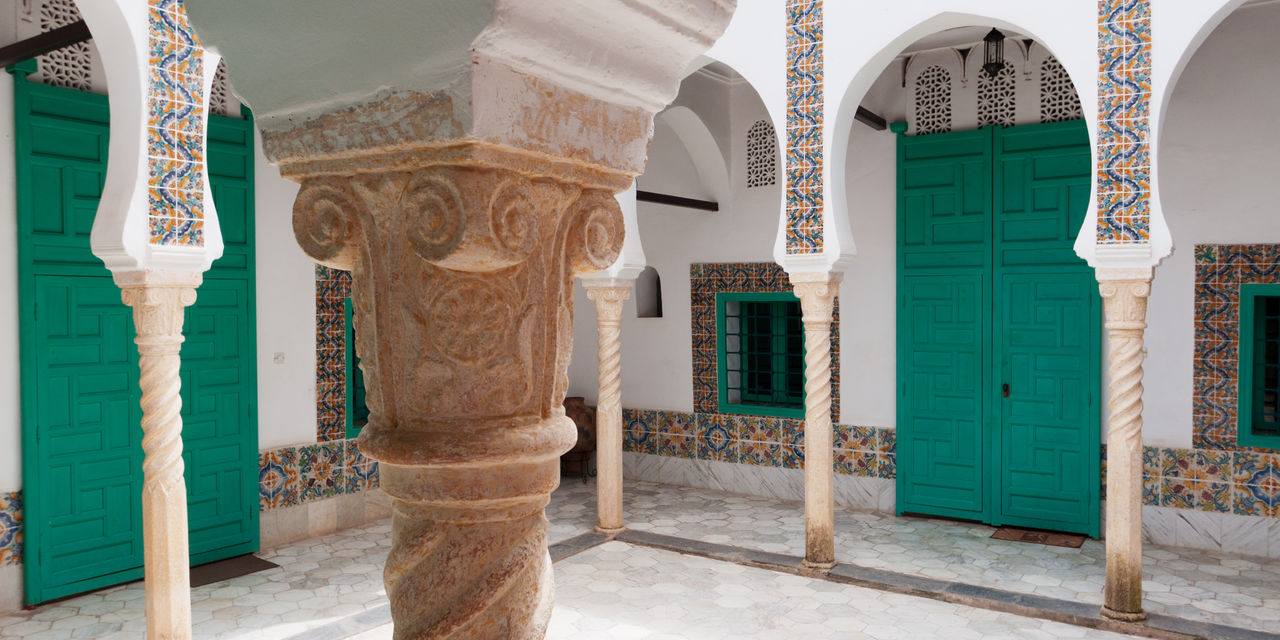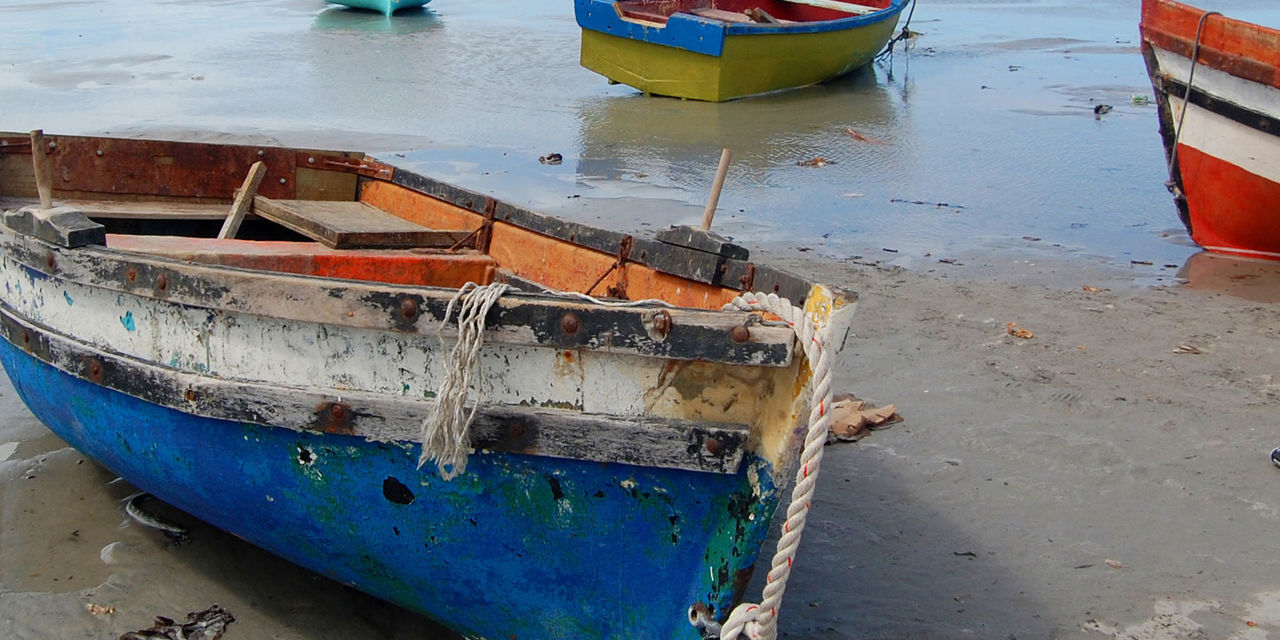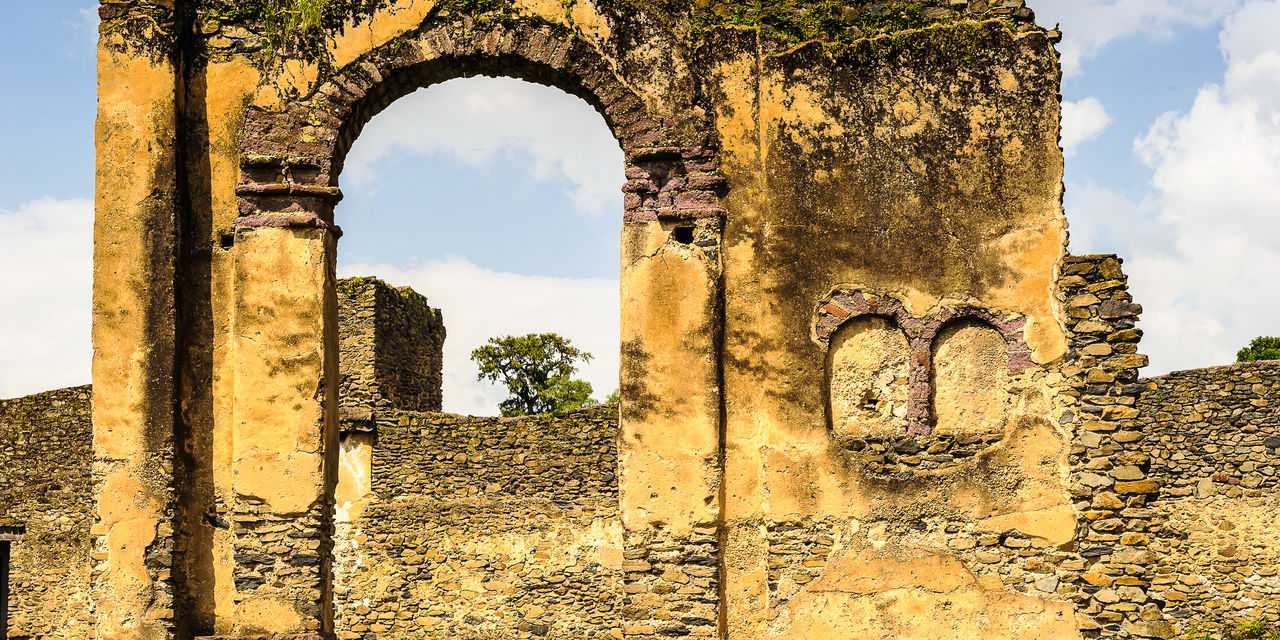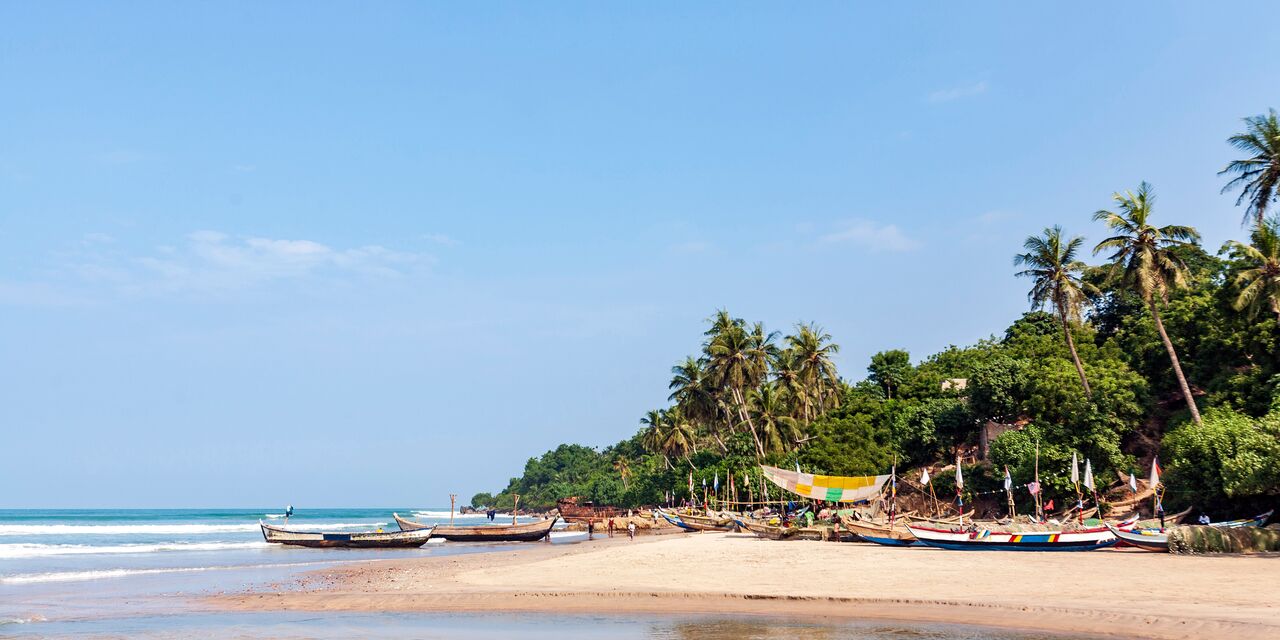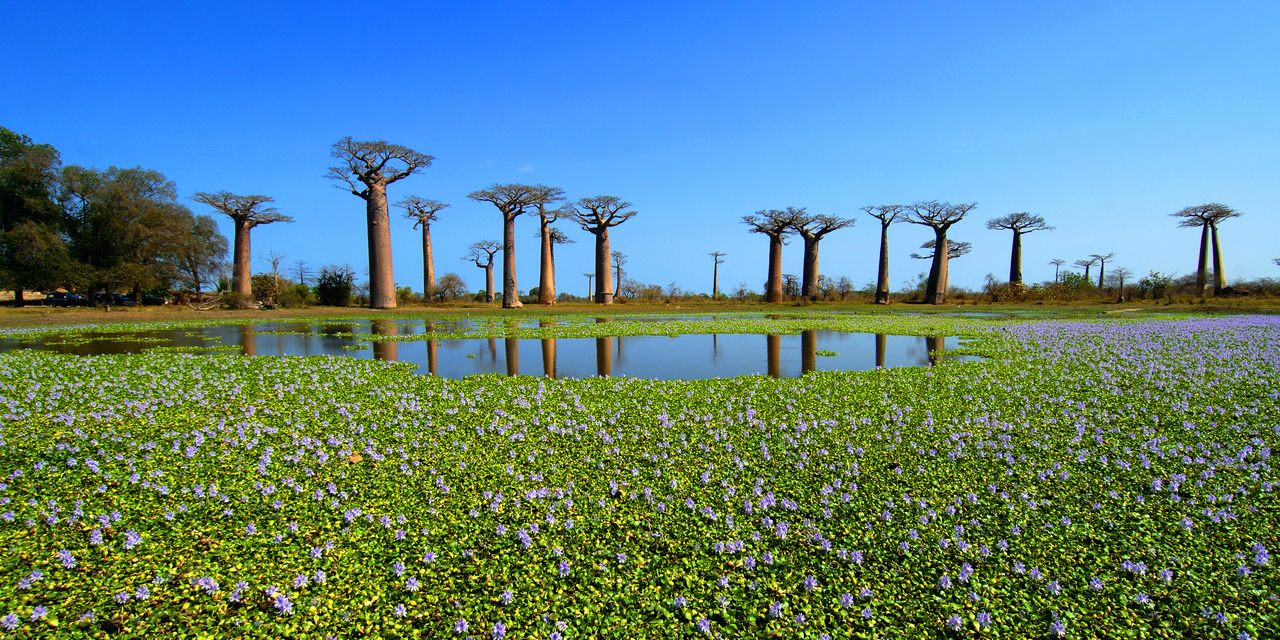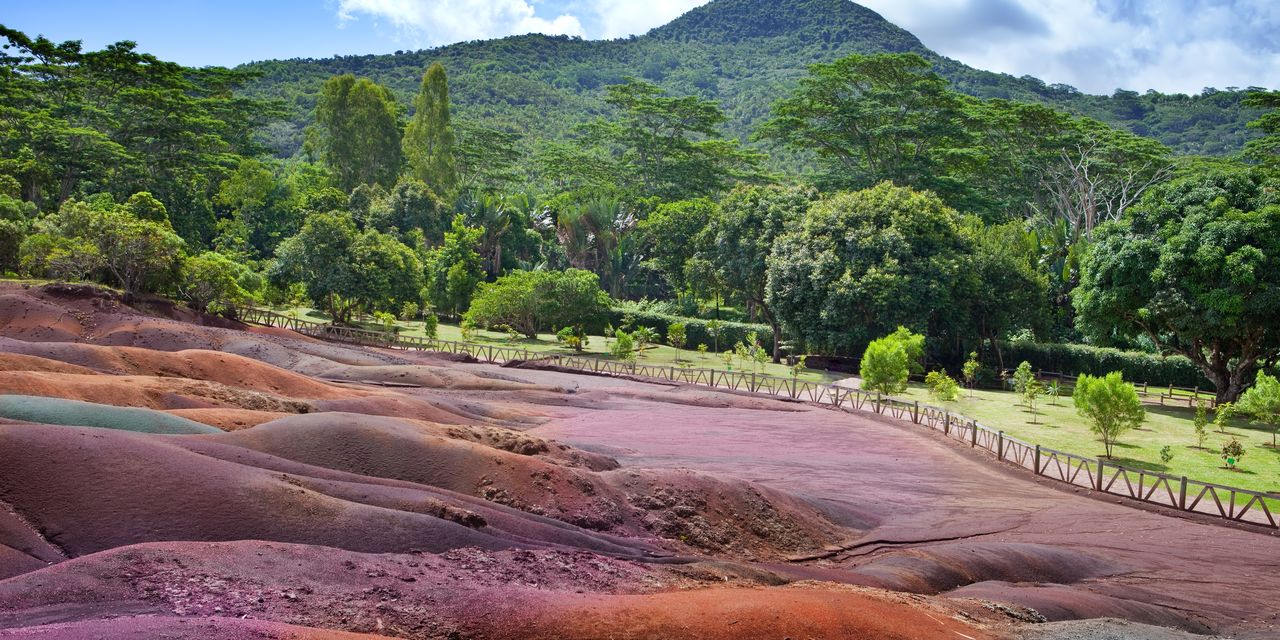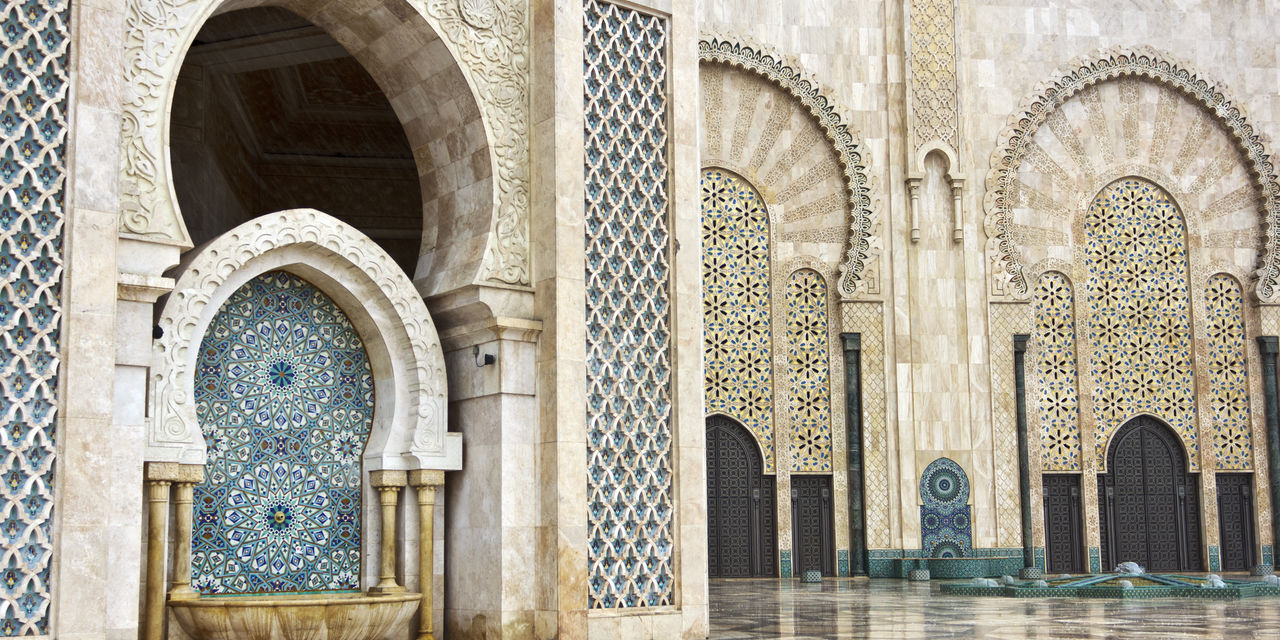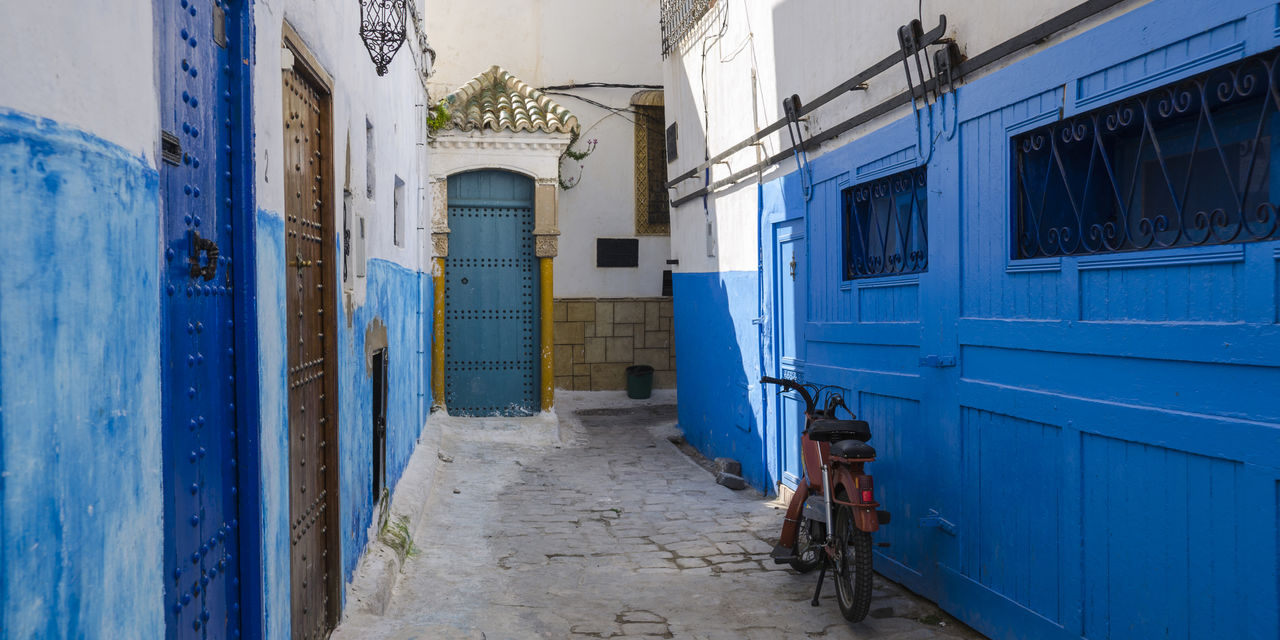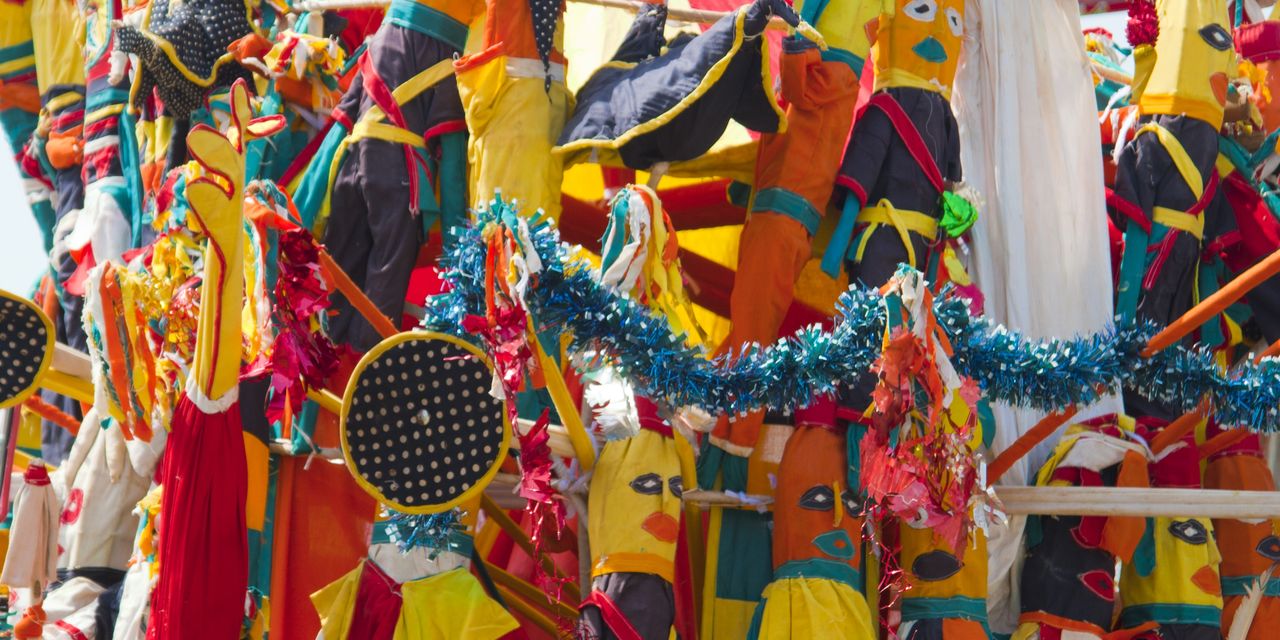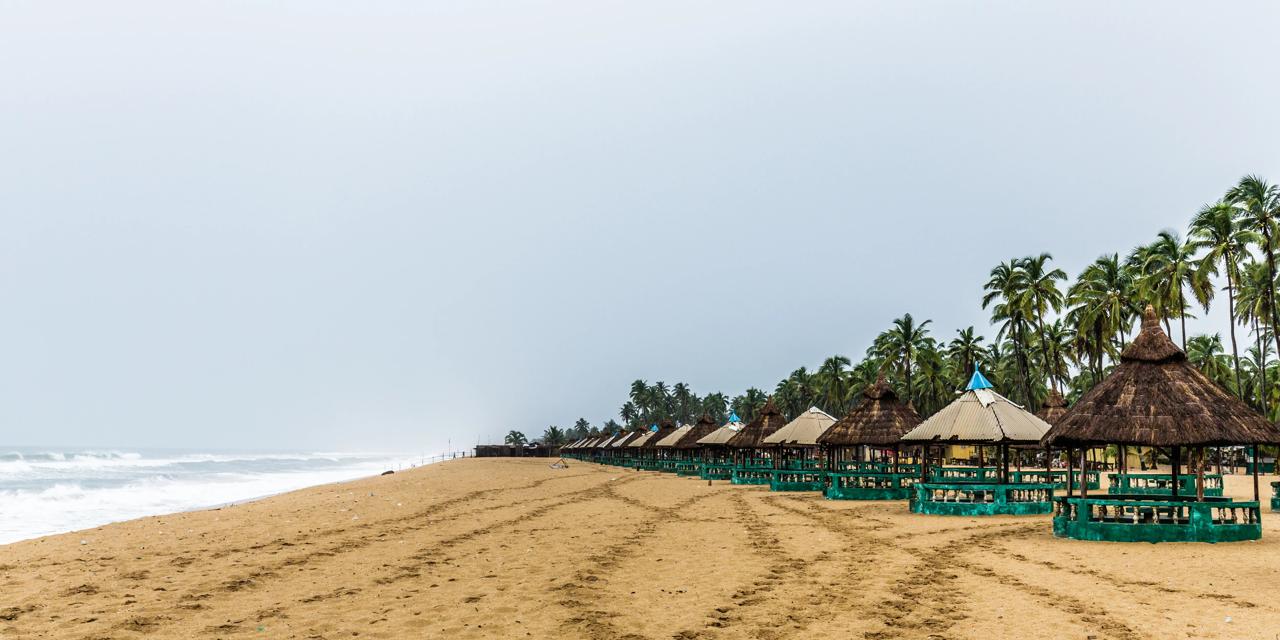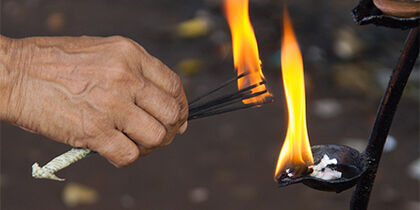
Art Nouveau style
Spectacular inside and out
In addition to the exterior, the inside of the Christuskirche is also well worth a look. Its most striking features are the stained-glass windows: a fine example of Jugendstil, the most beloved of early 20th-century architectural styles, with stylised flowers, plants and geometric patterns. Built to commemorate the end of the war between the Germans and the indigenous tribes, the church also serves as a monument to the fallen (German) victims: their names are engraved on the bronze plaques on the walls.
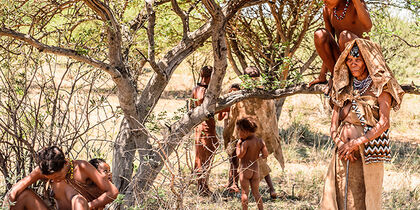
A tribe from east of Windhoek
Challenging times for colonial tribes
The colonial era was a dark period, especially for the indigenous population of German South West Africa. Tens of thousands of victims, many from the Herero and Nama tribes, were killed between 1904 and 1908. This bloody chapter in history was later recognised as the first genocide of the 20th century. The centrally-located Christuskirche not only keeps the memory of this history alive but fosters peace. One of the 3 bronze church bells is inscribed with the phrase ‘Friede auf Erden’ (‘peace on earth’).
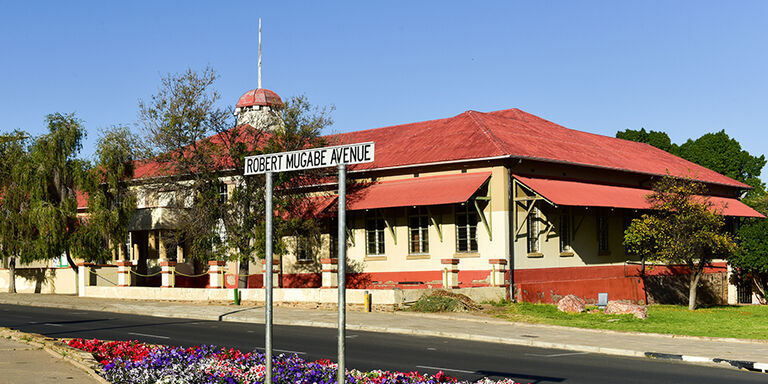
The Kaiserliche Realschule
Other colonial influences in Windhoek
The neighbourhood around Christuskirche boasts other buildings from the German era, such as the Kaiserliche Realschule, which dates from 1909. The building served as a school for European children. The children weren’t used to the African heat so the building featured a distinct tower that acted as an air conditioner: the roof had several holes that allowed the fresh air to circulate. Nearby, at Independence Avenue, we find 3 more buildings that hail from the colonial period, designed by the same architect. The most interesting of the 3 is the Erkrath building, which once housed residences and companies.

